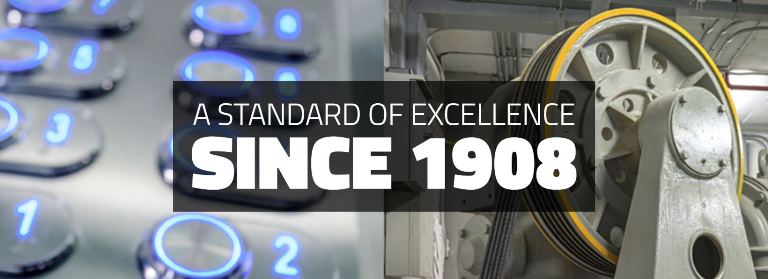A
useful feature on newer elevator systems is called “independent service” and
can be used to assist move in and move outs or people moving large
objects. I was at a building this week
and watched 3 guys ram a couch in the elevator, they worked on getting this
couch in there for at least 20 minutes with the door closing on the couch every
20 seconds. I just so happened to be at the building doing engineering on a modernization. Good news, they got the couch in and they finally got it out of the building with out breaking the elevator. The last time we blogged
about this was in 2014 so it is about time for a update.
How to use independent service - To use the independent service feature is very
simple. A person puts the key in the key switch, turn to the on position.
When the key is in the on position the doors will remain open and the
elevator will not take any hall calls. The person in the elevator has
complete control of the elevator system.
When the person is ready to have the elevator go to the desired floor
they hold down the door close button, the door will close and the elevator will go to the desired floor. The feature prevents the door from ramming the object someone is trying
to get in the elevator and prevents hall calls from taking the elevator away from the movers.
Where is the Independent service key switch – Sometimes
this key switch is above the elevator buttons labeled “Independent Service” and
other times it is behind a locked cabinet and may be a key switch or have a
toggle switch.
Do all elevators have independent service – No, newer elevator systems will have this feature. If you would like to know if you do, call your elevator contractor. You can always take a picture of your car operating panel, send it to your account rep and they can let you know.
How do I get keys and training – Your elevator contractor
can supply you with keys and training for this feature.
If a building is better educated on how to use the independent
service feature on the elevator system you most probably will get fewer calls
that the elevator is broken during moves. It is understood that building
occupants will not always pay attention to the request that you must use the
independent service feature but, if it saves a few service calls a year, the
building will have fewer bills to pay the elevator contractor. As a
contractor we are always more than happy to come out and show you how this
feature on the elevator system works
If
you have any questions or would like additional information feel free to
contact me at CraigZ@colleyelevator.com or
630-766-7230 ext. 107.
Also
check us out on Instagram @Colleyelevator see what we have been up to.











